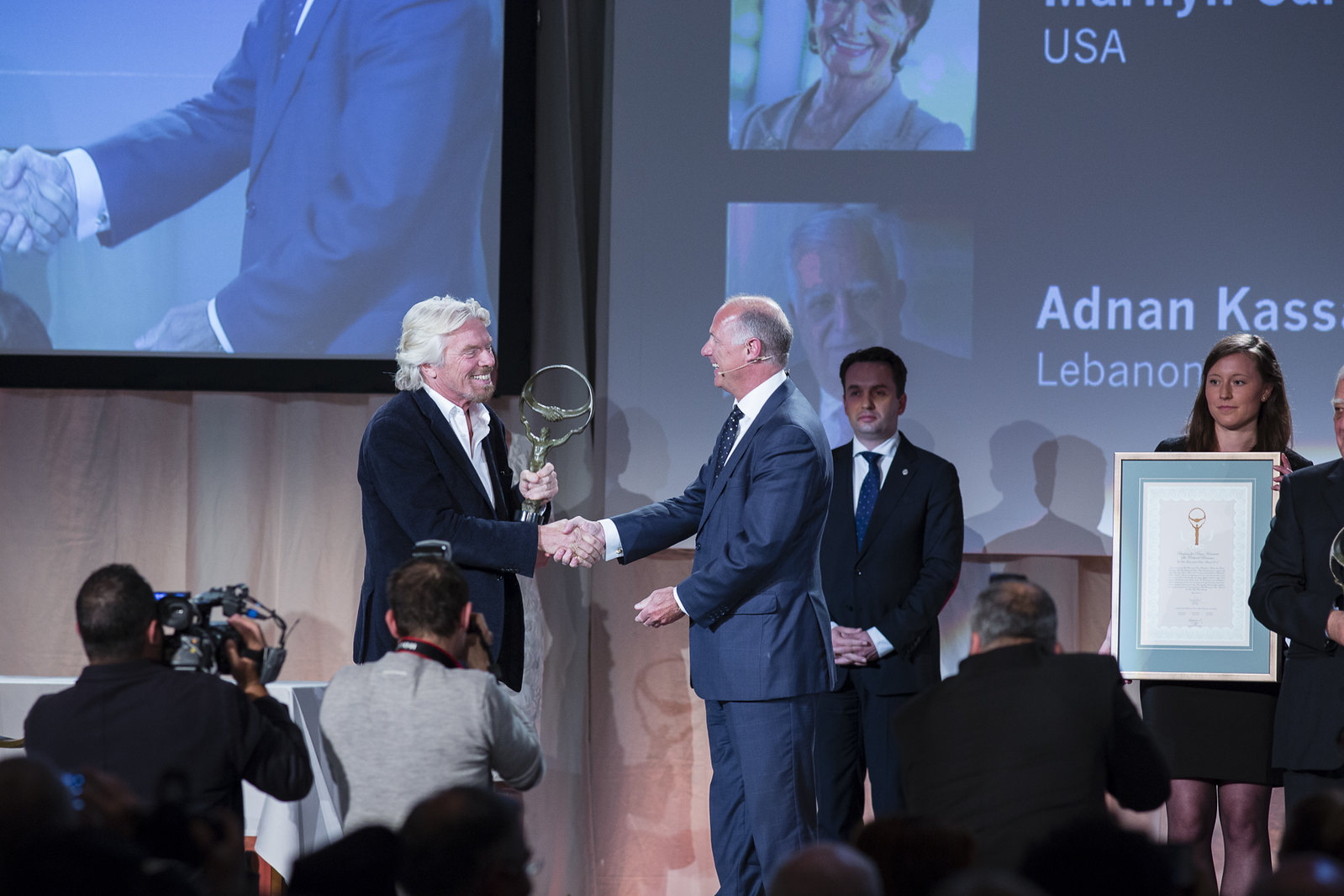Key takeaways from our impact facilitation event and how the results impact investments across the country.

What are the SDG Investor Maps?
Developed by SDG Impact, the SDG Investor Maps are tools that are focused on mobilising capital flow across the Global South.
Championed by the United Nations Development Programme, their objective is to provide localised insight into sectors and market conditions that advance the Sustainable Development Goals (SDGs). The Investor Maps ultimately serve as a guide to realising economic growth, promoting social reform, fostering environmental conservancy and building more transparent and resilient economies.
In partnership with the United Nations Development Programme Ghana, the Ministry of Finance Ghana and the International Chamber of Commerce Ghana, we recently held an online impact facilitation event focusing on the country results for Ghana. Take a look at the key takeaways below.
Key takeaways
- The eight-step methodology behind the Maps identifies viable Investment Opportunity Areas (IOAs) and business models, supported by actionable data to guide investor decision-making.
- The Investor Maps empower investors with data and insights to drive SDG-enabling investment on a large scale. The Maps provide stakeholders with information, data and specific investment opportunities.
- In Ghana there are five main development and investment areas that are mutually beneficial for society and investors: agriculture, infrastructure, technology and communication, healthcare, and consumer goods.
- Within the five development areas, twelve core IOAs in Ghana have been identified: investment in affordable irrigation systems and dams, scaling aquaculture and fish breeding, scaling up storage infrastructure and logistics services for grain value chains (including, e.g. maize, rice, cassava, yam), investment in upscaling of integrated farm operations and management systems, IoT and agribusiness analytics, construction of affordable housing, road construction & maintenance, up-scaling collection and recycling of electronic waste, investments in providing and upscaling sanitation services for unserved areas, affordable mobile internet hotspots for villages / schools / rural areas, developing and up-scaling systems for digitalization of patients’ health data and inventory & supplies, upscaling drones transportation and logistic solutions (e.g. medications to remote locations), and manufacturing and distribution of improved cooking stoves.
- The results will be made available online for all investors to access as a one-stop-shop. Stay tuned!
Ultimately, these maps are uniquely positioned to unlock private capital to finance the SDGs. Currently, there are significant investment return opportunities in Ghana for investors within a short timeframe that benefit local and global stakeholders.
Curious to learn more? Read on to better understand how the SDG Investor Maps impact investments across the country.
The Investment Journey in Ghana
As Ghana continues to strengthen its advocacy for the SDGs, government and private sector cooperation is needed to encourage further investments aimed at turning global challenges into local business.
In recent years, Ghana has been a leading entry point into West Africa for well-established international businesses.These investors have come to Ghana because of the country’s stable democratic climate, strong resource pool, and known reputation for its ease of business. Here, they can invest, grow and thrive.
Investments are all about building relationships and relationships are all about trust. An investment is not a single event but is a mutual, and hopefully long-term partnership. Right now, this is Ghana’s approach to creating a strong economy while also creating social benefits for everyone in Ghana.
The Investment Journey in three steps
There are three key steps that we like to label as the “Investment Journey”.
The first is making the results of the Investor Maps available to the public, thus giving insight into important SDG-focused investment opportunities post COVID.
The second step involves taking a closer look at the main investment opportunity areas as laid out by the methodology of UNDP, as well as securing local stakeholder involvement. Here, roadblocks and needed policy changes to facilitate such investments are addressed.
Finally, bringing together investors and SDG entrepreneurs to usher new solutions aligned with the investment opportunity areas and the SDGs comprise the third step.
At Business for Peace, we see informed investments and committed businesses as critical in finding solutions to global challenges. With the SDG Investor Maps soon becoming a public good, it is now time for many more investors and businesses to step up to the plate to do their part.
Written by Edee Carey, Communications Manager at Business for Peace



